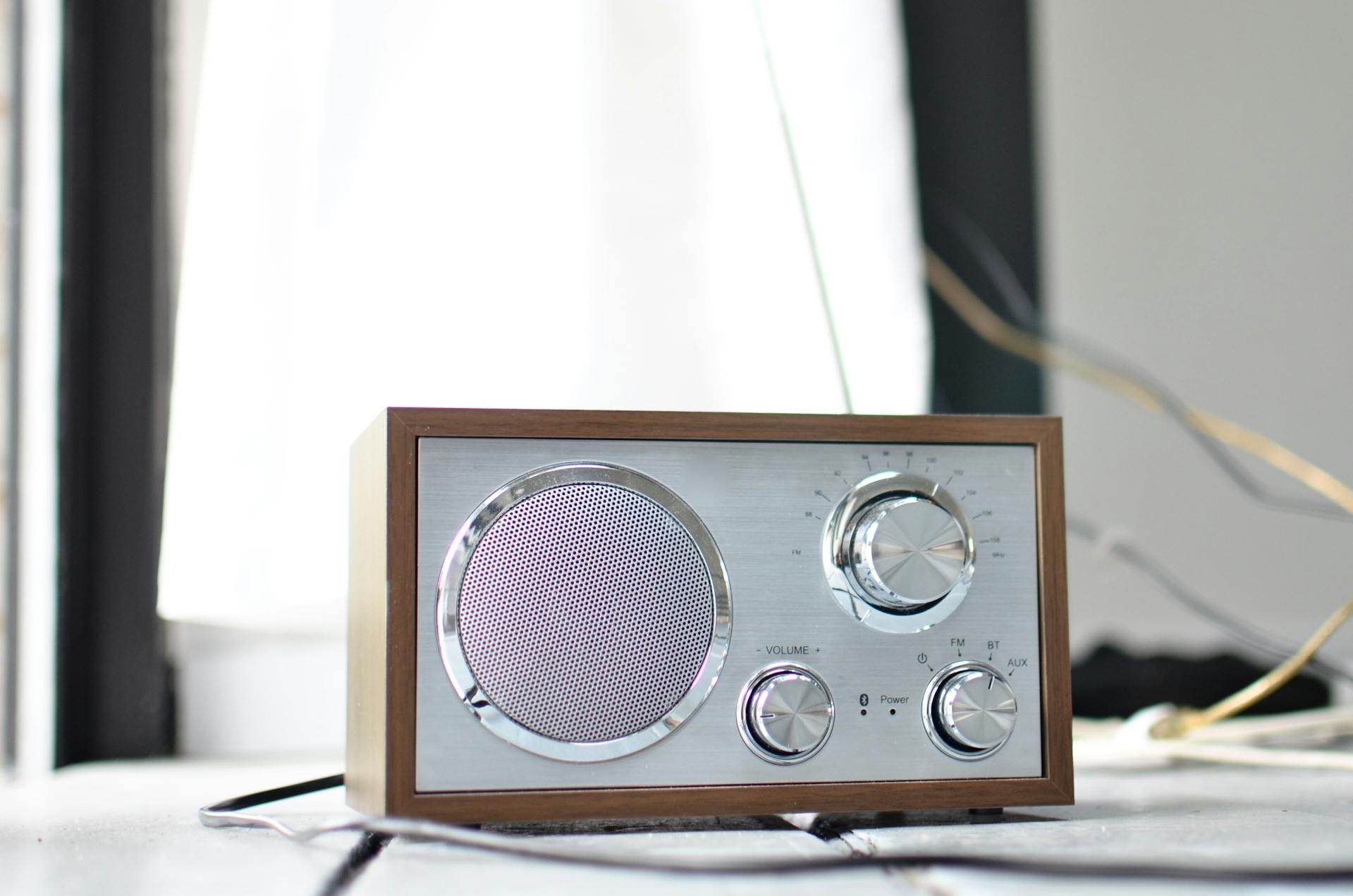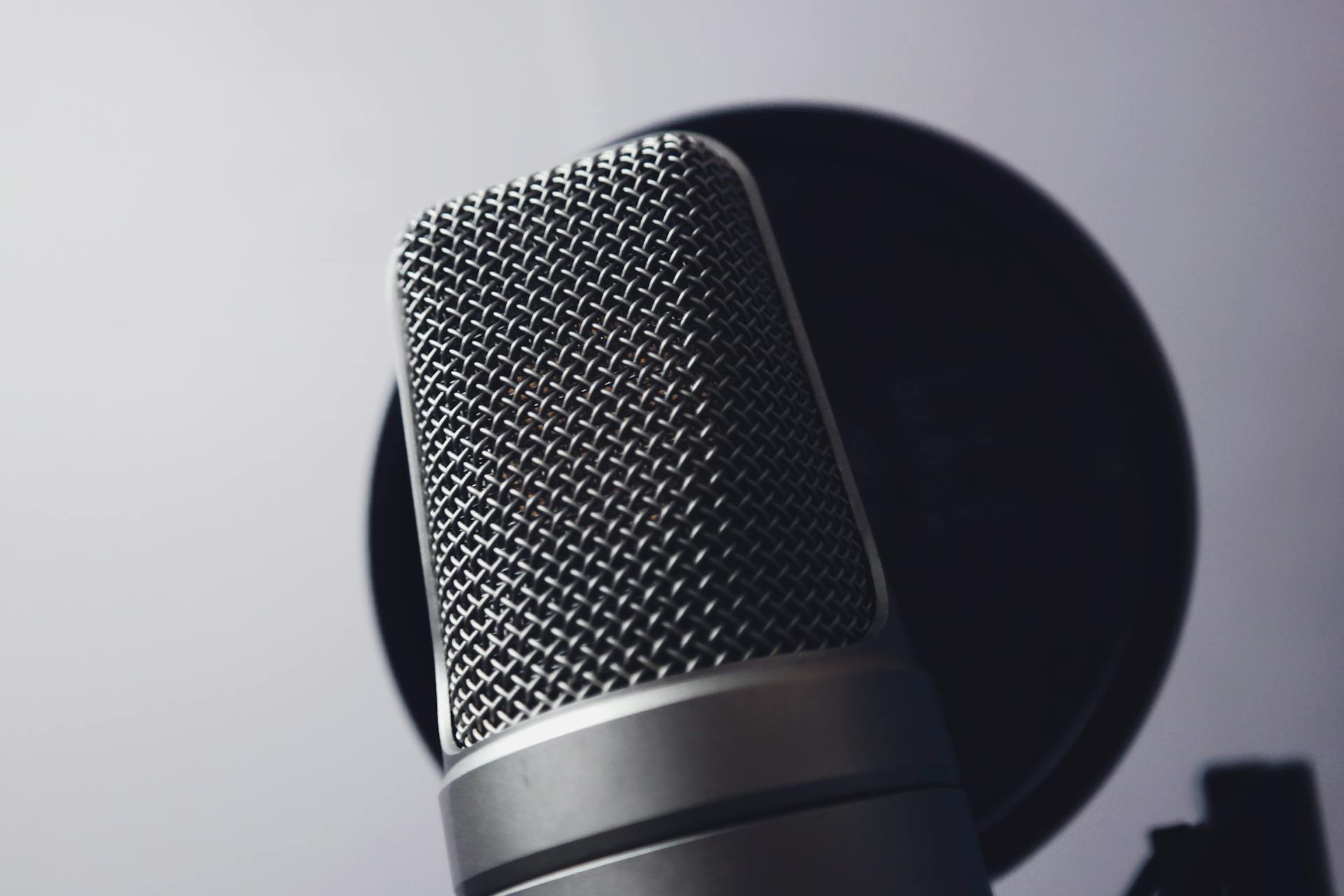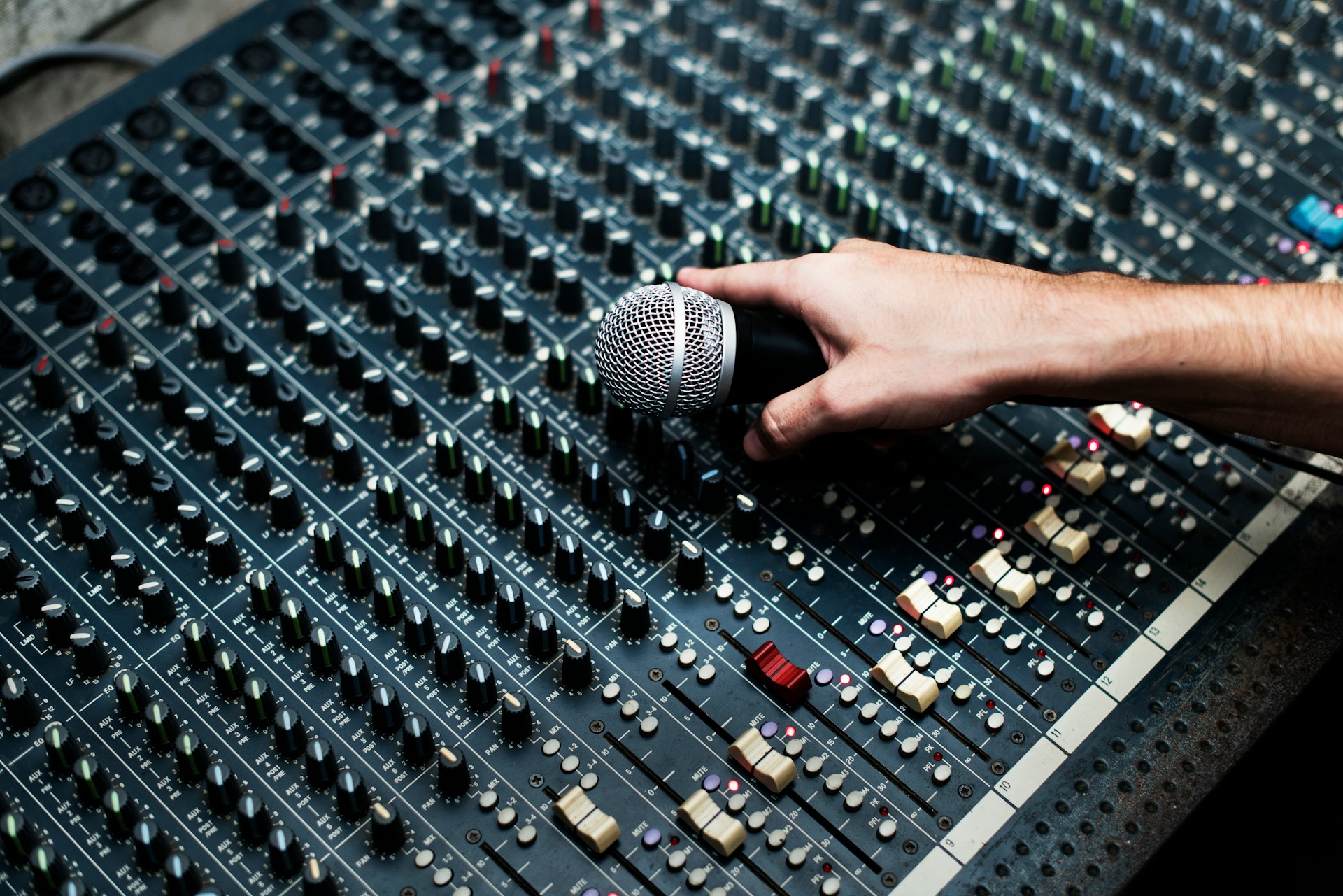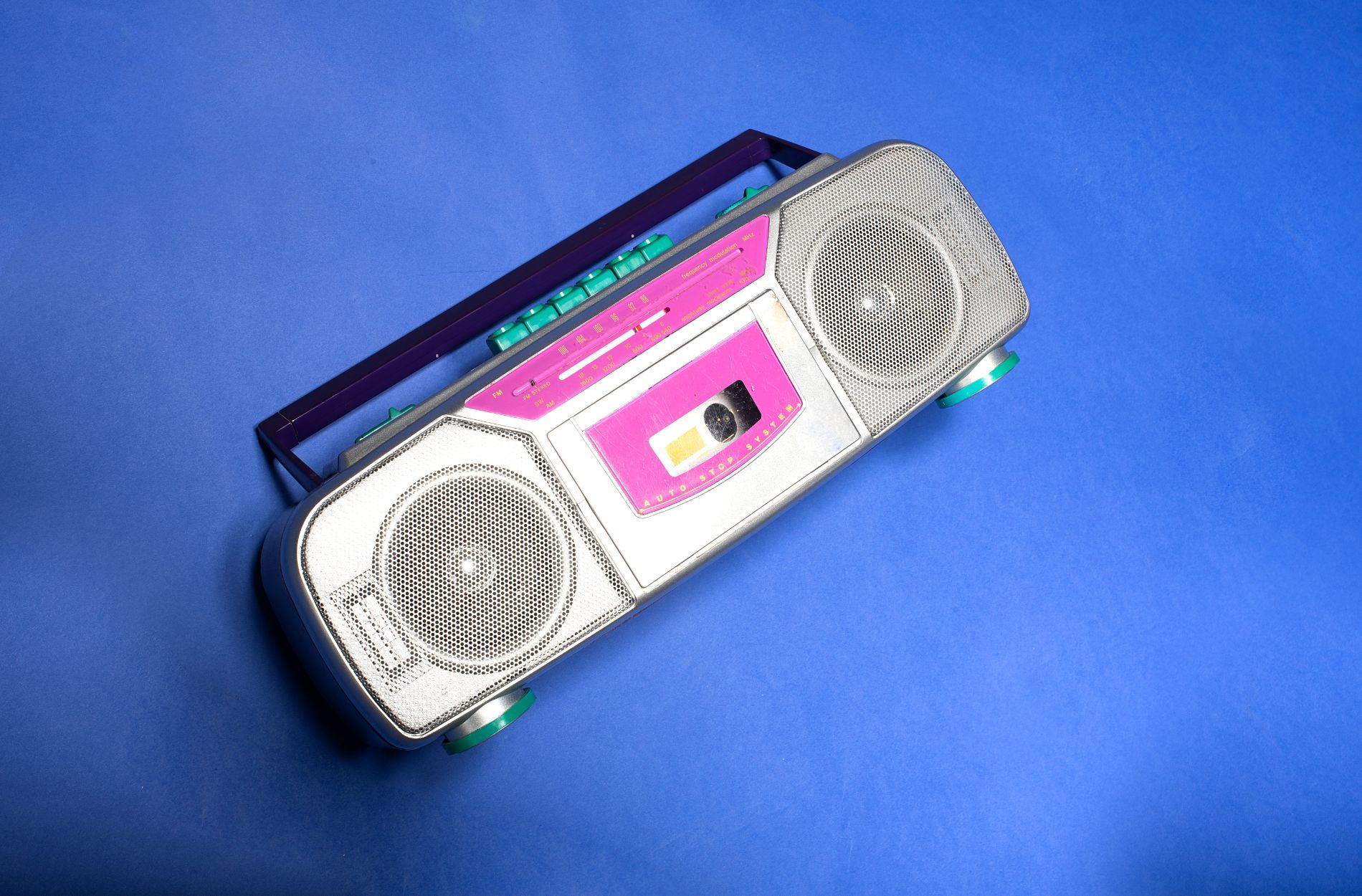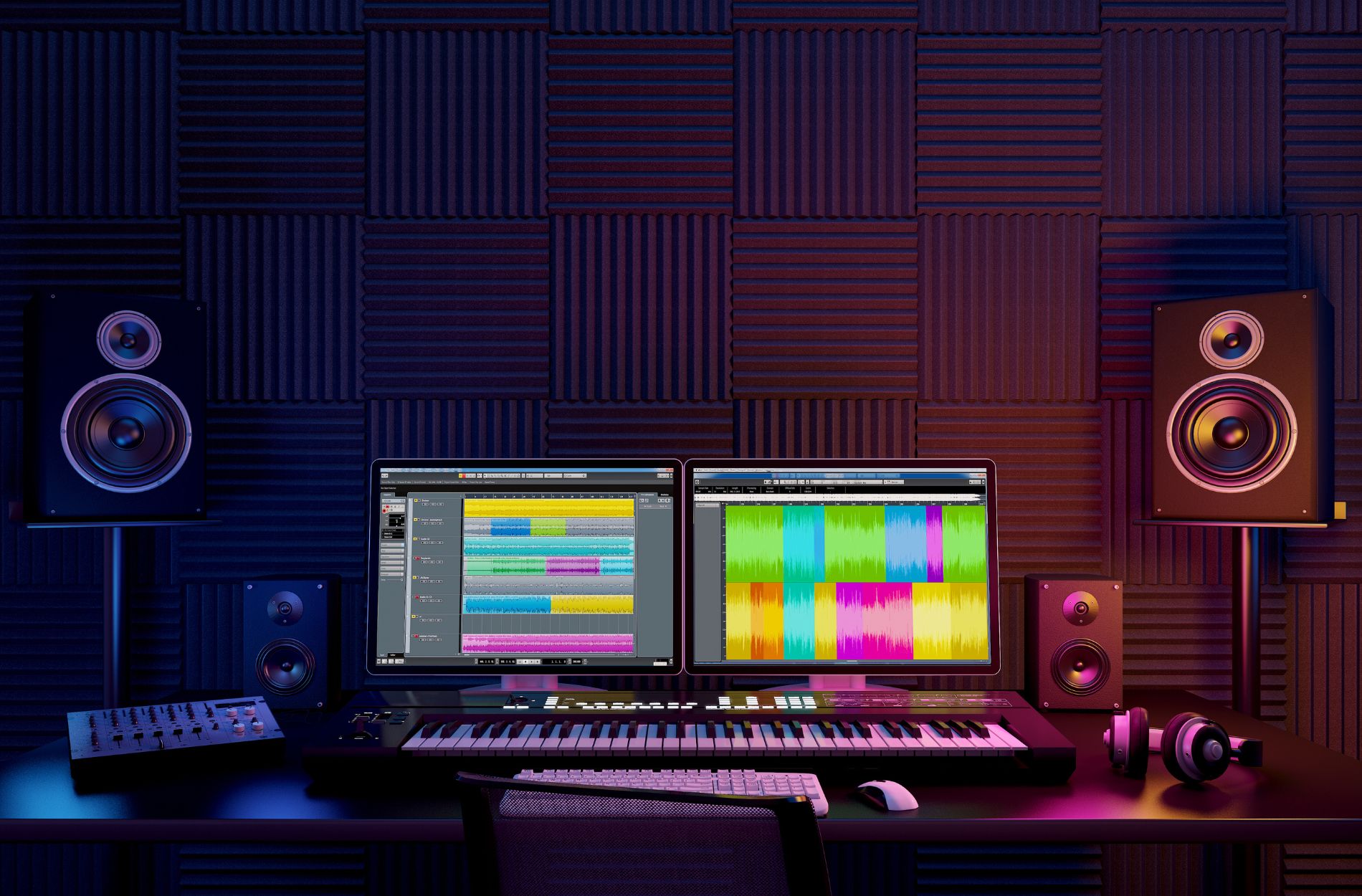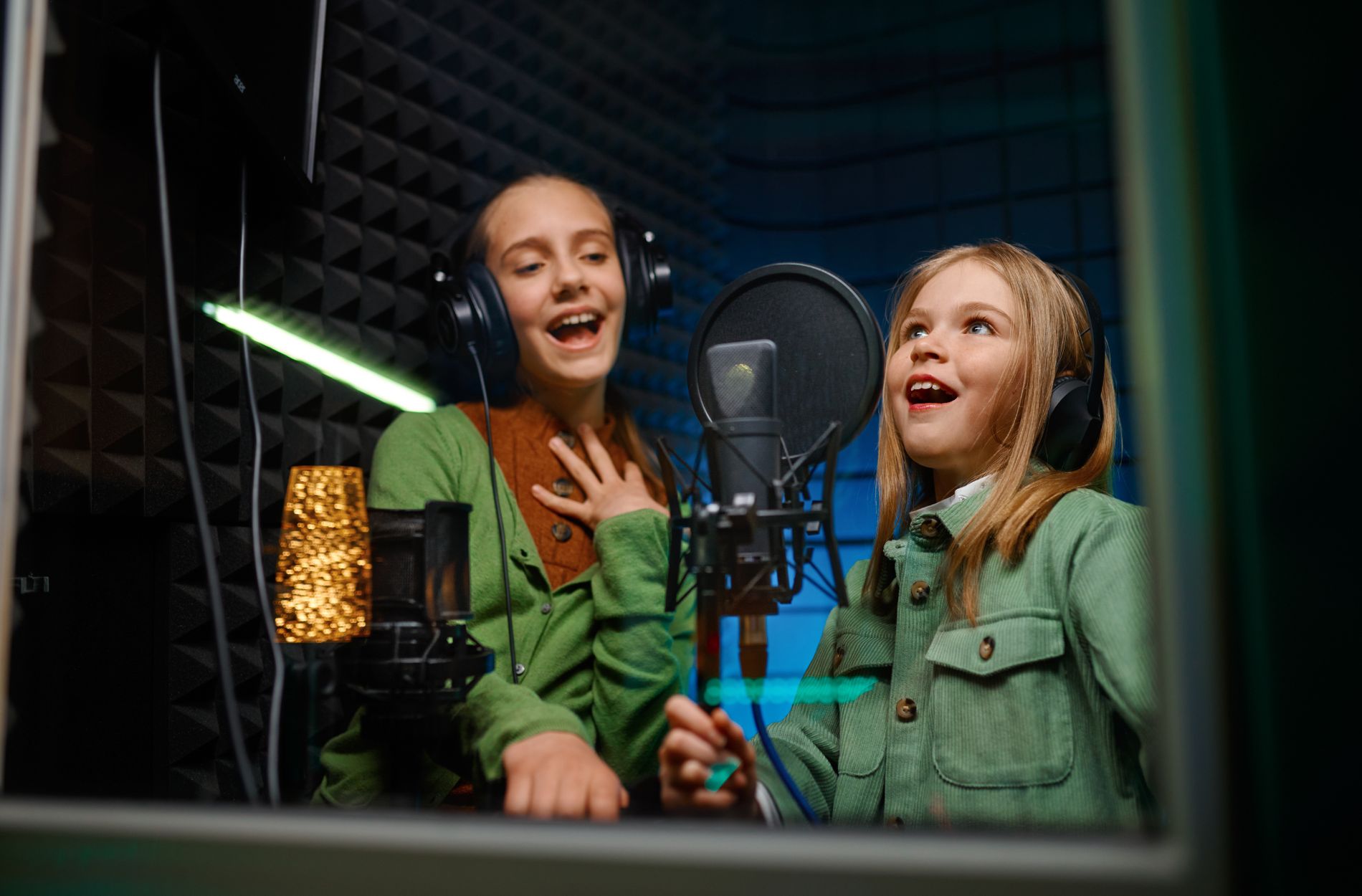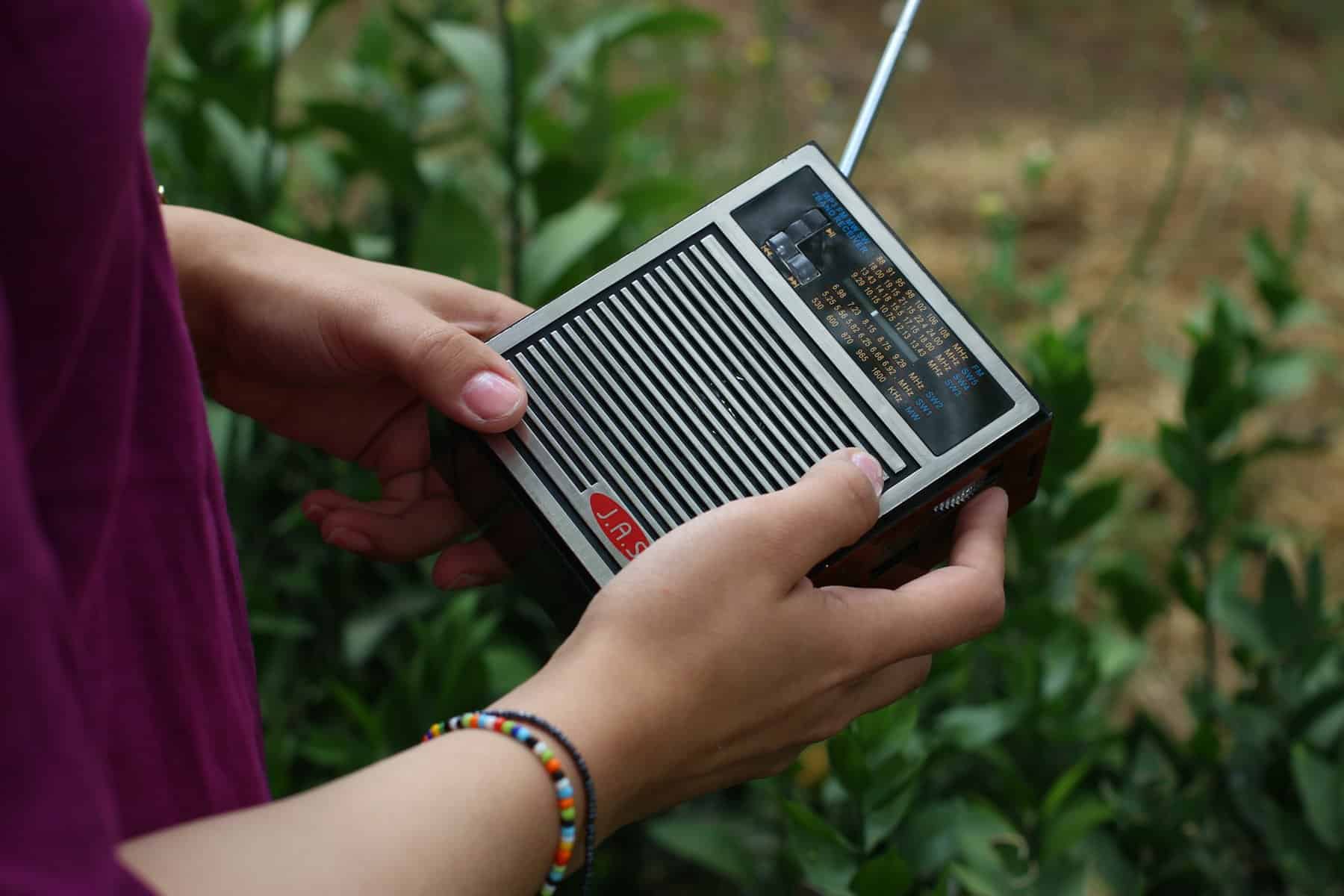Jingles play a big role in making brands memorable. They stick in our minds and become closely tied to a brand’s identity. A well-crafted jingle can turn a simple product mention into a catchy tune that people hum along to without realizing it. Crafting the perfect jingle takes skill and creativity.
A successful jingle combines rhythm, melody, and lyrics to create a catchy sound. But it’s more than just a tune—it’s about capturing the essence of a brand and sharing it in a few seconds. With the right approach, a jingle not only becomes a favorite tune but also a powerful tool for brand recognition.
Key Elements of a Catchy Jingle
Crafting a catchy jingle requires the perfect blend of rhythm and melody. Rhythm gives the jingle its pace and beat, making it easy to remember. A well-chosen rhythm can make listeners want to tap their feet or even sing along. Melody, on the other hand, provides the musical hook that grabs attention. Using familiar scales and patterns can make a melody more appealing and memorable.
Creating simple, singable lyrics is also vital. The words of a jingle should be short and clear, enabling listeners to repeat them easily. Using everyday language helps make the jingle relatable and understandable. Repetition in the lyrics can reinforce the brand message, ensuring it sticks in the listener’s mind. When done right, these elements come together to create a jingle that not only sounds good but also effectively communicates the brand’s message.
Incorporating Brand Identity in Jingles
Reflecting brand identity in a jingle is essential to making the brand memorable. The sound should convey the brand’s values and personality. For instance, a fun and lively brand might use upbeat music and playful lyrics, while a luxury brand might opt for a more sophisticated tune. The choice of instruments, tempo, and vocal style can all impact how the brand is perceived.
There are several techniques for making your brand memorable through sound:
– Consistency: Use the same musical motif across different ads to build recognition.
– Unique Sounds: Incorporate sounds or instruments that are distinctive to your brand.
– Tone Matching: Align the jingle’s tone with the overall brand narrative to strengthen the message.
By integrating the brand’s essence into the jingle, it becomes a powerful tool for branding. This careful alignment helps the audience connect the jingle to the brand quickly, enhancing recall and loyalty. A well-crafted jingle reflects a brand’s identity and contributes significantly to its overall image.
Utilizing Repetition for Memorability
Repetition is a powerful tool in making jingles memorable. It helps embed the brand message into the listener’s mind, ensuring that the tune becomes hard to forget. Repeating a particular phrase or melody can reinforce the message and make the brand name stick. This technique works because the human brain is wired to recognize and retain repetitive patterns, making it a great way to keep your message in listeners’ minds long after the jingle ends.
Strategies for effective repetition involve careful planning to avoid monotony. Start by identifying the key message of the jingle and decide which parts warrant repetition. Keep the repeated elements simple yet impactful. Balance is crucial: too much repetition can become tedious, while too little might not be enough to make an impression. To keep things fresh, consider using variations in tempo or dynamics for the repeated sections. These subtle changes maintain the listener’s interest while still driving home the core message.
Testing and Refining Your Jingle
Testing is an essential phase in jingle production to ensure it resonates with the audience. Gathering feedback from diverse audiences allows you to see how different segments respond to your jingle. Conduct surveys or focus groups to gain insights into what works and what doesn’t. Feedback can reveal whether the jingle is engaging, if the message is clear, and how well it aligns with the brand image.
Adjusting based on listener responses is key to refining the jingle for maximum impact. Pay attention to comments about the tune’s memorability, the appeal of the melody, and the clarity of the lyrics. If listeners find parts of the jingle confusing or boring, tweak those sections. Experiment with different elements, such as altering lyrics or modifying the melody, until you achieve the desired response. By incorporating real-world feedback, you can enhance the jingle’s effectiveness and ensure it achieves its goals.
Conclusion
Creating a memorable jingle requires a mix of art and science. From crafting catchy melodies and singable lyrics to embedding brand identity and utilizing repetition, each element plays a critical role. Testing and refining these aspects based on audience feedback helps sharpen the final product, ensuring it connects with listeners and leaves a lasting impression.
At Killerspots Agency, we specialize in creating memorable jingles that resonate with audiences. Our experienced team understands how to blend creativity with strategy to produce jingles that stand out. Ready to make your brand unforgettable? Contact Killerspots Agency today at 513-270-2500 to learn how we can help you craft the perfect jingle to drive your success.
